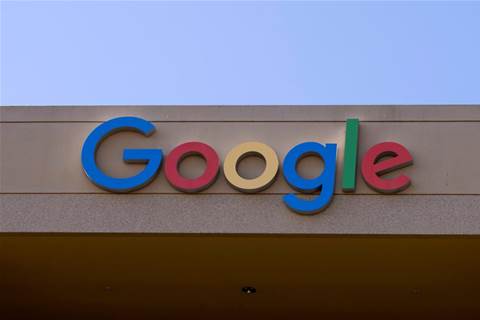Source: searchcustomerexperience.techtarget.com
Meena, Google’s latest AI chatbot built on neural networks, is a technological leap forward toward human conversation, analysts said. While Meena has potential to improve web and call center customer service by taking on more complicated tasks than current chatbots, the rip-and-replace may be painful because the bot potentially will require more — and more nuanced — training.
Most of today’s website and contact-center chatbots are rules-based. They typically connect a company’s knowledge base content to inquiring customers or agents as a custom search tool tailored to deflect people asking the top 100 or so questions most frequently asked from humans to self-service tools. Some chatbots use AI to enhance the accuracy of their responses.
“Modern conversational agents (chatbots) tend to be highly specialized — they perform well as long as users don’t stray too far from their expected usage,” wrote Daniel Adiwardana, Google senior research engineer and his colleague Thang Luong, senior research scientist in a blog post last week introducing Meena. The tool strives to be an open-domain bot — one that can be led by a human into many topics of conversation, not just the few it can search out of a knowledge base.
“Besides being a fascinating research problem, such a conversational agent could lead to many interesting applications, such as further humanizing computer interactions, improving foreign language practice and making relatable interactive movie and videogame characters,” the Google researchers continued. “However, current open-domain chatbots have a critical flaw — they often don’t make sense.”
Meena may overcome some of that issue, with Google claiming the AI chatbot can converse with a human through “seven turns,” or responses, before it may stop making sense. It has a larger model capacity, meaning it has more knowledge and digital wits to draw upon.
Meena also was trained on hundreds of gigabytes of publicly available social media conversations. That is eight and a half times more than the current state-of-the-art neural-network chatbot, GPT-2, developed by OpenAI, a nonprofit funded by Microsoft and Khosla Ventures. As a result, Meena can crack jokes and mimic human conversational affect for a little longer than today’s chatbots.
“The challenge with existing chatbots is that they were designed to scale automated experiences with the semblance of human engagement, but I’d argue they were not trained based on real one-on-one conversations — they were developed upon existing platforms such as knowledge bases,” said technologist and analyst Brian Solis, founder of digital marketing agency FutureWorks. “Google’s Meena was developed to respond sensibly to any given conversational context. Build upon that, and you have a platform for delivering intelligence, accuracy and humanity over time.”
Who will use the Meena AI chatbot first?
While Meena shows much promise in helping customer service and marketing teams automate service and e-commerce operations, the bot’s adoption will be tied to how well Google commercializes it and eases enterprise deployment, said Gartner analyst Brian Manusama. If it’s too complicated or too costly to train, Meena won’t get the investment backing among prospective customers to become a standard.
Most iPhone customers were sold on the marketing behind the digital assistant Siri, only to become disillusioned at the frequency it returns nonsensical answers, web searches or those beginning with “I’m sorry.” Manusama said Meena could potentially be the technology Apple sold iPhone users as Siri.
“It looks like they made the Siri that we were thinking about,” Manusama said. “We should be excited that [Meena] is more human-like, in terms of making jokes and being specific. I’m also a little bit skeptical on that, because I haven’t seen anybody break that code and [make a chatbot] that’s really sensitive and understands what you’re talking about.”
Early adopters of Google’s AI chatbot in customer service and website deployments will likely be in the financial industry, Manusama said. Banks have the largest R&D budgets for piloting new CX tech, tend to be on the cutting edge of chatbot usage, and hold their programs to measurable metrics proving their business worth. Large B2C companies and retailers could also experiment with Meena, too.
Google customers already using its contact center AI platform may also be early Meena users.
“Google’s AI is industry-leading, and contact centers are a natural place to augment and automate existing processes,” Solis said. “Every enterprise vendor is going after this space. While some executives focus on cost, others will focus on experience. Google is hyper-focused on using conversational platforms to deliver human-like experiences.”


